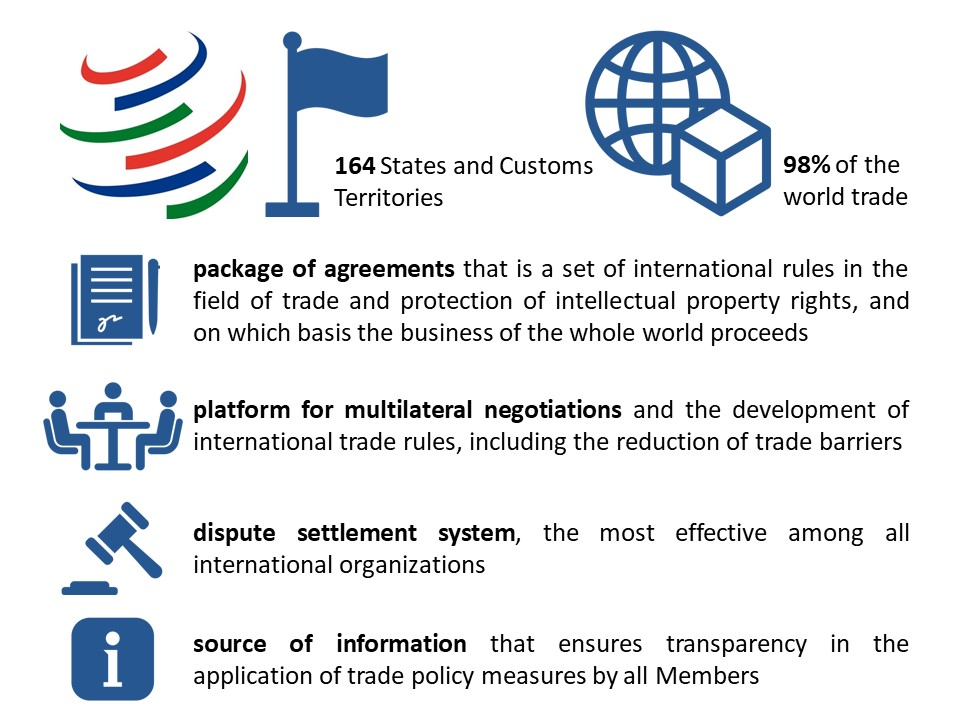G-33 Virtual Informal Ministerial Meeting
Figure 1: No Copyright Infringement Intended
Context:
- The G-33 Virtual Informal Ministerial Meeting organized by Indonesia was held.
Comment of the Government:
- G-33 must strive for positive outcomes on permanent solution to Public Stockholding (PSH) for food security purposes which is of utmost importance, finalization of a Special Safeguard Mechanism (SSM) quickly and a balanced outcome on Domestic Support.
- Agreement on Agriculture at the WTO was riddled with deep imbalances, which favour the developed countries and have tilted the rules against many developing countries.
- G-33 country must strengthen itself further by reaching out to other like-minded developing groups to secure their support for a fair, balanced and development -centric outcome on agriculture at MC-12.
WTO SCM (Subsidy and Counter-vailing) Agreement:
It covers subsidation by WTO members and counter-vailing measures.
It follows traffic light approach for subsidies.
- Red Subsidy (Prohibited)
- Yellow or Amber (Actionable): These subside are allowed if does not have advese impact on other members. Otherwise, other members can apply counter vailing measures.
- Green (Non-Actionable): These subside are allowed which cover mostly research subsidy, environmental subsidy and assistance to other nations.
Prohibited subsidies are those, which are contingent on export performance (Export Subsidies) except agreement on agriculture. It also prohibits Import substitution subsidies which allow use of domestic products over imported goods.
Agreement on Agriculture (AoA)
- The WTO Agreement on Agriculture conceived in 1995, represents a significant step towards reforming agricultural trade and making it fairer and more competitive.
As per the provisions of the Agreement,
- Developed countries would complete their reduction commitments within 6 years, i.e., by the year 2000.
- Commitments of the developing countries would be completed within 10 years, i.e., by the year 2004.
- The least developed countries are not required to make any reductions.
- The WTO Agreement on Agriculture contains provisions in 3 broad areas of agriculture and trade policy viz. market access, domestic support, and export subsidies.
Market Access
- This constitutes tariffication, tariff reduction and access opportunities.
- Ordinary tariffs constituting those resulting from their tariffication are to be reduced by an average of 36% with a minimum rate of reduction of 15% for each tariff item over a 6-year period.
- Developing countries were maintaining Quantitative Restrictions due to balance of payment problems were allowed to offer ceiling bindings instead of tariffication.
- Member countries to provide preferential market access to agriculture product to tariff-rate quota. It should be at least 5% of domestic consumption.
Special Safeguard Mechanism:
- It is a protection measure allowed for developing countries to take contingency restrictions against agricultural imports that are causing injuries to domestic farmers.
- The contingency measure is imposition of tariff if the import surge causes welfare loss to the domestic poor farmers.
- The design and use of the SSM is an area of conflict under the WTO.
About G33 Group:
- The G33 is a coalition of developing countries that have special concerns on agriculture.
- The group, despite its name, has 47 members currently.




1.png)
